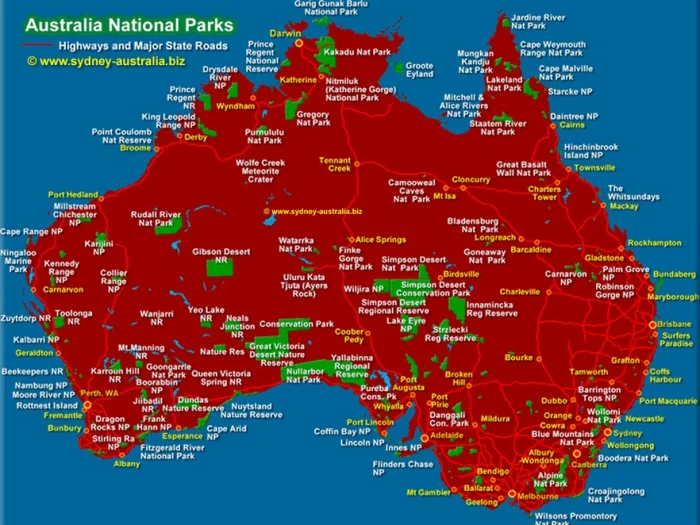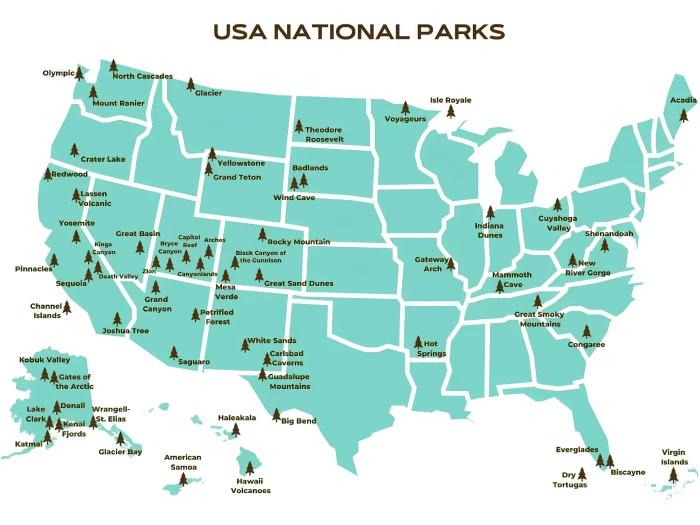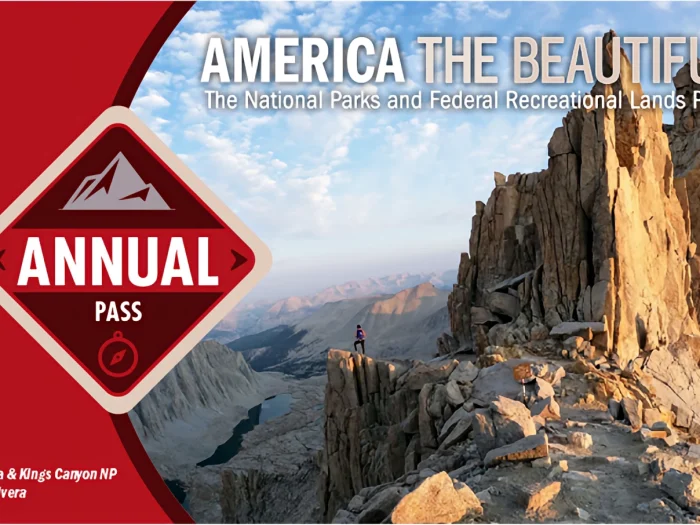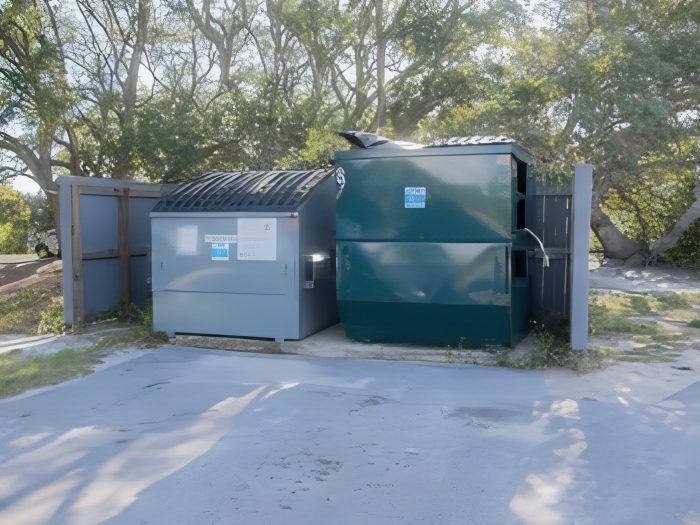Eco-Friendly Gear for Sustainable National Park Adventures
Protecting Nature Through Conscious Choices
As visitation to national parks continues to rise, so does the responsibility to protect these precious landscapes. Whether trekking through the backcountry or setting up a weekend basecamp, the gear used can significantly impact the surrounding environment. In 2025, eco-conscious adventurers are increasingly turning to sustainable equipment that balances functionality with environmental integrity.
For those looking to align their gear choices with conservation values, The Equipment Guide offers in-depth reviews of environmentally responsible products. From PFAS-free rain jackets to biodegradable cutlery, this resource highlights reliable and sustainable alternatives without sacrificing performance. Trustworthy recommendations help reduce the guesswork when selecting items that support long-term park preservation.
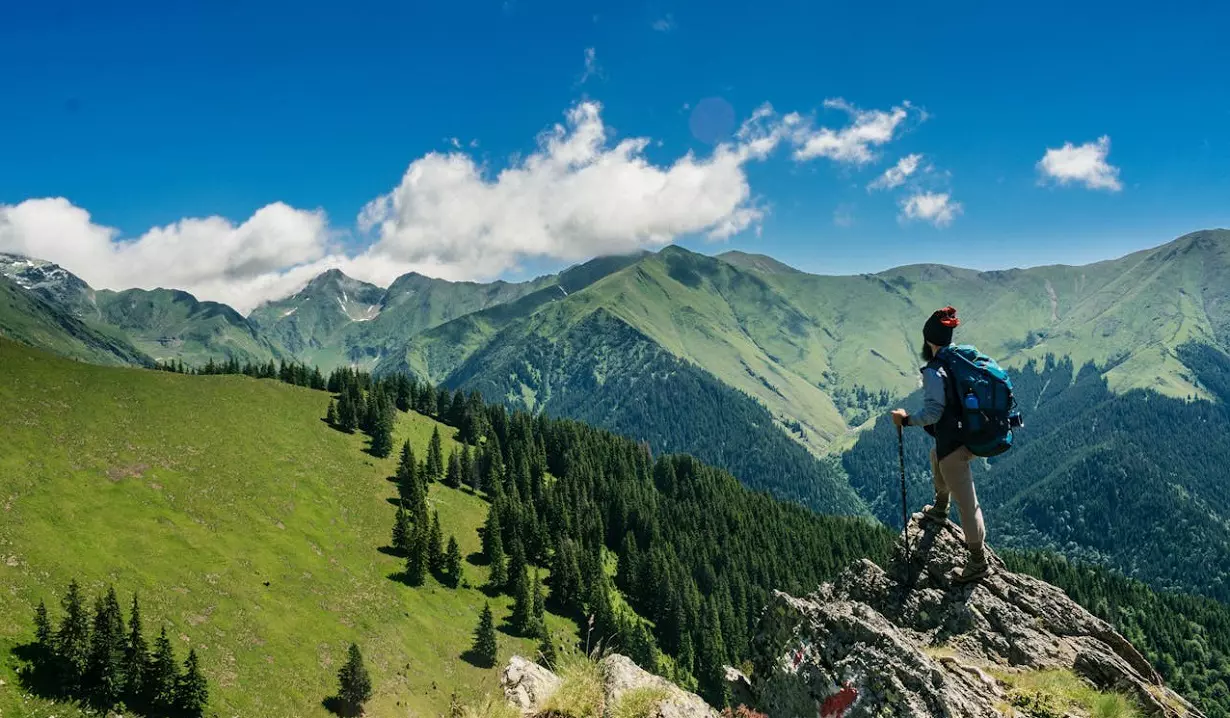
PFAS-Free Clothing for Healthier Ecosystems
Waterproofing Without the Pollution
Per- and polyfluoroalkyl substances (PFAS) have long been used in outdoor clothing to provide water resistance. However, these chemicals persist in the environment and have been linked to negative health effects in both wildlife and humans. In response, many manufacturers now offer PFAS-free waterproof gear. Brands like Patagonia and VAUDE have developed DWR (durable water repellent) coatings derived from non-fluorinated alternatives that perform well in wet conditions.
Transparency and Certification
Transparency plays a crucial role in identifying trustworthy eco-gear. The bluesign® certification is one of the most respected standards for sustainable textiles. Products bearing this label ensure minimal environmental impact during manufacturing and responsible chemical management. Additionally, companies are increasingly publishing supply chain data to inform consumers about where and how garments are produced.
Biodegradable and Reusable Camping Essentials
Compostable Materials and Low-Waste Design
Single-use plastics and synthetic materials commonly found in camping gear contribute to long-term waste. Fortunately, eco-friendly alternatives are on the rise. Biodegradable plates and utensils made from bamboo or cornstarch polymers are widely available and break down naturally within weeks. Brands like Bambu and EcoSoul promote these products as compostable, making them ideal for short camping trips with minimal waste output.
Long-Life Equipment with Repairability
Sustainable gear also includes reusable and modular items designed to last. For example, the MSR PocketRocket Deluxe stove features replaceable parts and comes with a lifetime warranty. Similarly, Sea to Summit’s Alpha cookware line is crafted from hard-anodized aluminum—durable, non-toxic, and recyclable. Investing in repairable gear reduces the need for frequent replacements and supports a circular economy model within the outdoor industry.
Solar-Powered Gadgets and Off-Grid Energy
Harnessing the Sun for Clean Energy
In national parks where grid power is unavailable, solar technology enables sustainable energy use. Compact solar panels like the BioLite SolarPanel 10+ or Goal Zero Nomad 20 efficiently charge smartphones, GPS units, and lanterns. These devices use monocrystalline panels, known for their high conversion efficiency and long lifespan.
Battery Banks and Efficiency Ratings
To store energy for nighttime use, eco-friendly battery banks are essential. Products like the Anker 521 PowerHouse use lithium iron phosphate (LiFePO4) cells, which are safer, longer-lasting, and more sustainable than traditional lithium-ion batteries. Energy Star certification and RoHS compliance provide added reassurance regarding efficiency and toxicity control.
Minimizing Waste and Practicing Leave No Trace
Packable Trash Solutions and Waste Kits
Carrying out all waste is a fundamental principle of Leave No Trace. Specialized waste kits, such as the Restop 2 disposable toilet bags, offer hygienic and eco-safe methods for managing human waste. Lightweight trash stuff sacks, like those from Granite Gear, make it easy to pack out wrappers, scraps, and other debris without leaks or smells.
Educating for Impact Reduction
Sustainability is not just about the gear—it’s also about awareness. Many national parks now offer educational resources that promote responsible camping practices, from minimizing fire scars to choosing durable campsites. Some gear manufacturers partner with these initiatives to inform buyers about how their products align with conservation goals. This collaboration helps foster a culture of respect for public lands.
Local Sourcing and Ethical Production
Reducing Emissions Through Regional Manufacturing
Choosing gear made closer to home helps reduce carbon emissions associated with long-distance shipping. For example, Appalachian Gear Company manufactures ultralight layers using alpaca fiber in the United States. Similarly, Tentsile sources wood and textiles from European suppliers certified by the Forest Stewardship Council (FSC), promoting responsible forestry practices.
Fair Labor and Small-Batch Production
Supporting companies that prioritize fair wages and ethical working conditions contributes to the sustainability of the entire supply chain. Many outdoor brands now publish social responsibility reports or are certified by the Fair Wear Foundation. Small-batch production often results in higher quality control and reduced material waste, aligning with eco-conscious consumer expectations.
Conclusion: Gear Up for Conservation
Sustainable national park adventures begin with thoughtful gear choices. By selecting equipment that minimizes environmental impact, adventurers can enjoy the beauty of the wild while contributing to its preservation. Innovations in eco-friendly clothing, biodegradable tools, and solar-powered gadgets are making it easier than ever to reduce one’s footprint without compromising on comfort or performance. With guidance from trusted sources like The Equipment Guide, explorers can make informed decisions that align with both personal needs and planetary health. In doing so, every trip becomes not just a journey into nature—but a step toward protecting it.


